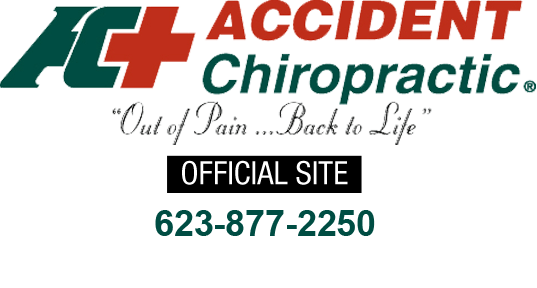After an injury, you have to focus on the healing process. In fact, sometimes that's the only thing you can focus on. When injury knocks you down, it can take all your energy to get back up. But those months after your accident also instill in you the knowledge that you can make it through anything.
When you are well enough to work, you may worry that time in the office might put a roadblock on your road to recovery. There, you may have to sit for hours as you clack away at the keyboard or attend meetings. Your posture and inactivity can wreak havoc on your injured body, but you can prevent those negative effects. In this blog post, we will detail some ways you can continue the healing process as you work in the office.
Before You Start
Speak with a Medical Professional
Before you start a new exercise regimen, consult with your chiropractor or other medical professional. Even low-impact exercises can affect your body, so make sure that your doctor approves of any changes you make to your workout routine.
Have a Realistic Attitude
Once you start, remember that the healing process is called a "process" for a reason: it does not happen all at once. While long-term healing can seem frustrating at times, you can make it though. All of the exercises that we will discuss in this blog act as building blocks to help build your total body health.
Try a variety of the following exercises to build your ideal in-office workout routine, and don't get discouraged if your healing process doesn't go as quickly as you would like. As you use these exercises, your body will heal, but it will take time.
In-Office Exercises
Once you speak to your doctor and have the right mindset, it's time to start your workout. Don't worry, none of these exercises demand that you wear sweat bands or yoga pants. We chose these maneuvers for their effectiveness and unobtrusiveness. With each, you can get the tailored movement you need without calling attention to it.
Take a Walk
The first exercise is the simplest. Every couple of hours, take a 10 minute walk around the office. When weather permits, get some fresh air to break up the workday and stretch your legs and back. Take someone with you for a little conversation. Office workers need to take a break whether they have an injury or not, and many would welcome the offer.
Stand Up
Standing is another simple but effective option. You may not consider this an "exercise" per se, but it is a vast improvement on sitting. Many offices offer alternative desk options if you ask, so see if you can have an adjustable computer desk. With it, you can sit or stand--and get your work done with either posture.
Lift Your Toes
If you need to sit, you can do something called toe lifts. Plant your feet flat on the ground, and keep them about should-width apart. Experiment with the number of reps (number of times you repeat the exercise) you need before you feel the burn. Most people will need about 5 rounds of 10. This will help strengthen the muscles around your shins, which can make walking less painful.
Raise Your Calves
Calf raises function in almost the same way toe lifts do. Simply lift your heels instead of your toes. This exercise strengthens two muscles: your soleus and gastrocnemius. Both form your calf muscles, which you need to fortify before you can walk or run comfortably.
Shrug Your Shoulders
Shoulder shrugs usually signal you don't know something, but they also help build you back and shoulder muscles. Shrug your shoulders as close to your ear-line as possible, but don't slouch. Your posture is important as you exercise, so try to keep your back straight. Once you raise your shoulders, hold them there for 5 seconds. Repeat the shrug 10-15 times (or as many as you can handle).
Push Your Neck
When you injure your neck, you need to take care that exercise doesn't strain it too much. One low-impact exercise you can try is the neck push. To try it, lace your fingers behind you head. Press your hands as if you were trying to push your head forward, but use your neck muscles to resist the pressure for 5 seconds.
Work the other neck muscles by switching your hand placement. This time, place your palms on your forehead. With light pressure, push. As you do that, your neck muscles work to keep your head in the same position.
However, do not exert too much force. If you feel any sharp pains, stop the exercise immediately. Only place enough pressure so you neck feels the resistance and has to work a bit.
Use these exercises under a medical professional's supervision. Remember that chiropractors offer other effective, low-impact workouts you can try as well, so ask them how you can continue your healing process at work. Look for our blog's regular updates to find even more advice on how to heal after injury.

